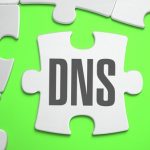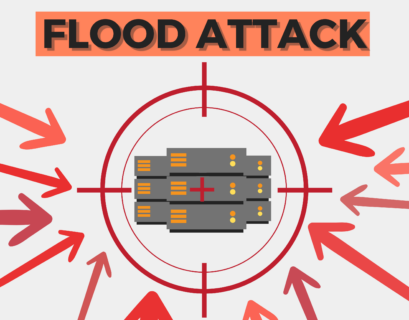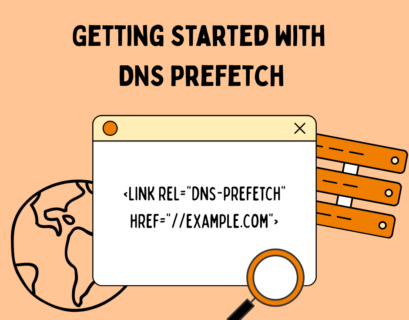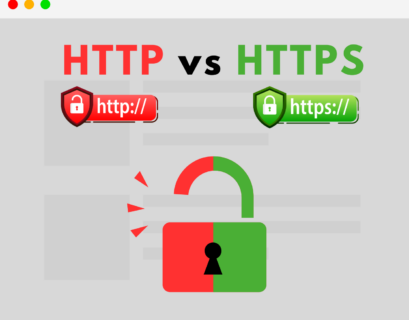Do you need a reliable system for monitoring and managing your network resources? Consider using SNMP! With its real-time insights and deep level of detail, it can help you observe, measure, and analyze different aspects of network operations, including servers and local traffic. Get a better understanding of SNMP and its contents with this basic overview.
Table of Contents
Introduction to SNMP
Simple Network Management Protocol (SNMP) is one of the most widely used protocols for managing devices on a network. It enables communication between network-enabled devices and management systems for users to be able to observe and assess the performance of their network in real-time. SNMP is a way to observe, measure, and analyze network performance with detail. It allows for the whole network to be seen, inclusive of servers and neighborhood traffic.
At the core, Simple Network Management Protocol is an exchange of communication between various managers and agents, which is applied for monitoring and controlling the network. An SNMP Manager is a computer application that is the center of the network. On the other hand, the SNMP Agent is software that is running on the individual device connecting to the network. The agent collects data about the device and transfers it to the manager, displaying performance analytics, setting alarms, and more. With a better understanding of how networks work, users are enabled to make real-time observations and control their network.
Which are the SNMP components?
- SNMP Manager: The SNMP manager, also known as the network management station (NMS), serves as the primary system used for monitoring the Simple Network Management Protocol network. It communicates with all devices with SNMP agents based on the network and serves as the control point for gathering and manipulating data. It can query agents, receive responses, set variables, and acknowledge events from the agents.
- Managed Devices: Managed devices are elements of the network that are SNMP-enabled and managed by the NMS. They consist of all network elements such as routers, switches, printers, or wireless devices.
- SNMP Agent: It is a software process installed on the managed devices. It is responsible for collecting and transmitting status and statistical information about the network node to the NMS. Its primary purpose is to provide detailed information on the performance of the managed devices.
- SNMP MIB: The MIB is an essential part of the simple network management model as it stores and defines the information exchanged within an Simple Network Management Protocol system. It stores collected data for fault management, performance management, and capacity planning. MIBs can be tailored to various devices within the Internet of Things (IoT) realm, encompassing IP video cameras, vehicles, industrial equipment, and even services like the Dynamic Host Configuration Protocol (DHCP).
- SNMP OIDs: Object Identifiers (OIDs) are strings of numbers separated by dots that are used to uniquely identify managed objects in the network. These objects include scalar objects (single object instance) and tabular objects (multiple related object instances). OIDs are organized in a hierarchical tree structure. This means, they encompasses all manageable features of network products, allowing the SNMP manager to collect information for management.
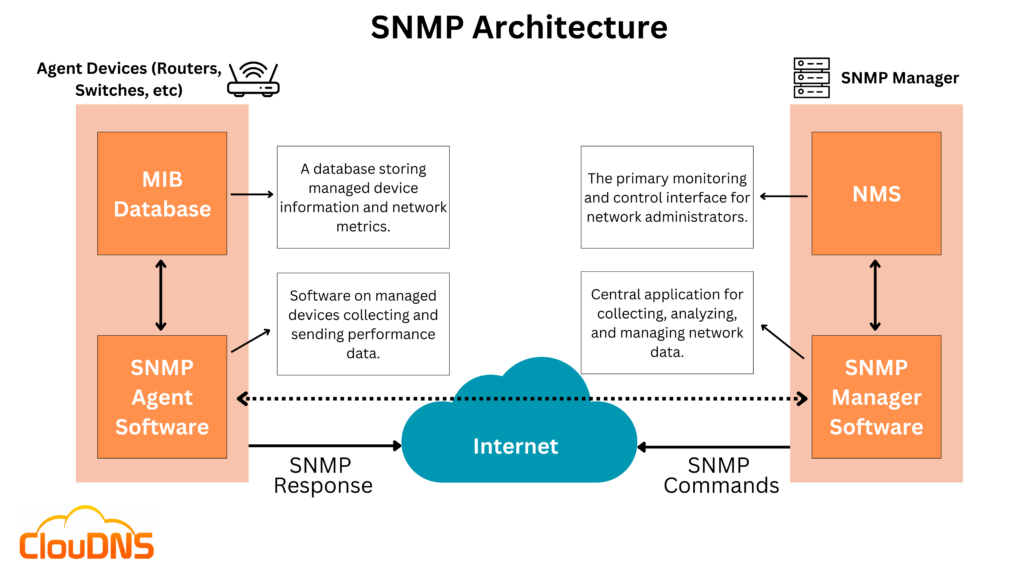
What ports does it employ?
Simple Network Management Protocol relies on the User Datagram Protocol (UDP) as its preferred transport protocol. It enabes efficient and lightweight communication between the managers and agents. To facilitate the traffic, it utilizes the well-known UDP ports 161 (SNMP) and 162 (SNMPTRAP). Port 161 is dedicated to the agent for receiving requests, while the manager sends requests back to the agent via this port. Similarly, port 162 is reserved for the manager to receive SNMP Trap and InformRequests notifications from the agent.
In scenarios where Simple Network Management Protocol is implemented with TLS (Transport Layer Security) or DTLS (Datagram Transport Layer Security), secure message transmission and reception take place through ports 10161 and 10162. These ports function in a similar manner as described earlier. That means, they ensure the secure exchange of SNMP messages while upholding the confidentiality and integrity of the communication.
Suggested article: Understanding DNS over TLS vs. DNS over HTTPS
Experience Industry-Leading DNS Speed with ClouDNS!
Ready for ultra-fast DNS service? Click to register and see the difference!
Simple Network Management Protocol Operations
Simple Network Management Protocol relies on a set of commands exchanged between the SNMP Manager (NMS) and SNMP Agents to facilitate network monitoring. These operations are essential for monitoring and managing network resources efficiently. Here are some essential SNMP commands used by managers and agents:
- Get: The NMS sends a Get query to an Agent to retrieve specific device information identified by an OID.
- Response: The Agent retrieves the requested OID from the MIB and sends the corresponding data back to the NMS.
- GetNext: This command fetches the value of the next OID in the MIB tree. It allows efficient retrieval of multiple data pieces from a network device.
- GetBulk: Supported by SNMP v2 and later versions, this command enables the NMS to retrieve multiple information sets in a single request.
- Trap: Agents use this agent-initiated command to notify the manager about specific events or conditions. Examples include critical errors or system failures. Traps play a vital role in proactive monitoring and quick issue identification.
- Inform: Similar to traps, this command allows the NMS to acknowledge receipt of an agent’s notification, offering a means of controlled alert resetting. Furthermore, inform messages are available in SNMP v2 and later versions.
- Set: NMS can utilize the Set command to modify configurations on managed devices, enabling remote configuration changes and adjustments.
Understanding these SNMP commands provides a foundation for effective network monitoring and management. It allows administrators to gather data, respond to events, and configure devices remotely. It is important to note that in most cases, network engineers and administrators do not manually run these commands. Instead, they rely on monitoring applications that operate in the background, automatically executing Simple Network Management Protocol commands and retrieving data from network devices.
SNMP Versions
The Simple Network Management Protocol has evolved through several versions, each adding features and improvements over the previous ones. Understanding these versions is essential for network administrators to choose the right one for their network’s needs:
- SNMPv1: This is the original version of SNMP and laid the groundwork for the basic framework of SNMP. It operates on a simple community string-based model for authentication, allowing relatively straightforward network monitoring and device management. SNMPv1 is widely supported but lacks features that enhance operational efficiency and security.
- SNMPv2c: An extension of SNMPv1, SNMPv2c (the ‘c’ stands for ‘community’) introduces enhancements such as support for bulk transfers, which can significantly improve the efficiency of data transmission across a network. SNMPv2c still uses the community string for authentication, similar to SNMPv1, making it only slightly more secure than its predecessor.
- SNMPv3: SNMPv3 is the most advanced and secure version. It introduces robust security features, including authentication, encryption, and message integrity checks. SNMPv3 is designed to address the security deficiencies of the previous versions and provides a flexible security model that can be tailored to the needs of different network environments.
Each version of SNMP builds on the last, offering more features and better security. Network administrators should evaluate the specific needs of their environments to choose the appropriate SNMP version, balancing compatibility, network efficiency, and security.
SNMP Traps vs. Informs
So, SNMP Traps and Informs are two mechanisms used by SNMP to notify network managers of events, but they differ in their reliability and the way acknowledgments are handled:
SNMP Traps:
Traps are the traditional method for notifications in SNMP environments. When certain predefined conditions are met, SNMP agents send Trap messages to the SNMP manager. Traps are sent using UDP, which does not guarantee message delivery. Consequently, if a Trap message is lost during transmission, the sender will not be aware, and no retransmission occurs.
SNMP Informs:
Introduced in SNMPv2 and continued in SNMPv3, Informs offer a more reliable notification mechanism. Unlike Traps, Informs require an acknowledgment from the SNMP manager upon receipt. If the SNMP agent does not receive an acknowledgment within a specified time, it can resend the Inform, thereby ensuring that the message is received and processed. This reliability makes Informs particularly useful in critical network environments where notification of every event is crucial.
For most practical applications, the choice between Traps and Informs depends on the network’s requirement for reliability in event notification. Informs, while providing higher reliability, also consume more bandwidth due to the acknowledgment process. Therefore, understanding the trade-offs between these two notification methods is essential for effective SNMP implementation.
Conclusion
If you’re looking to take your network management operations to the next level, give SNMP a try. Its powerful combination of pull and push communications, complex MIBs, and dynamic commands makes it a great choice for monitoring and managing your network devices and resources. With Simple Network Management Protocol, you can ensure the reliability and performance of your network at all times.


